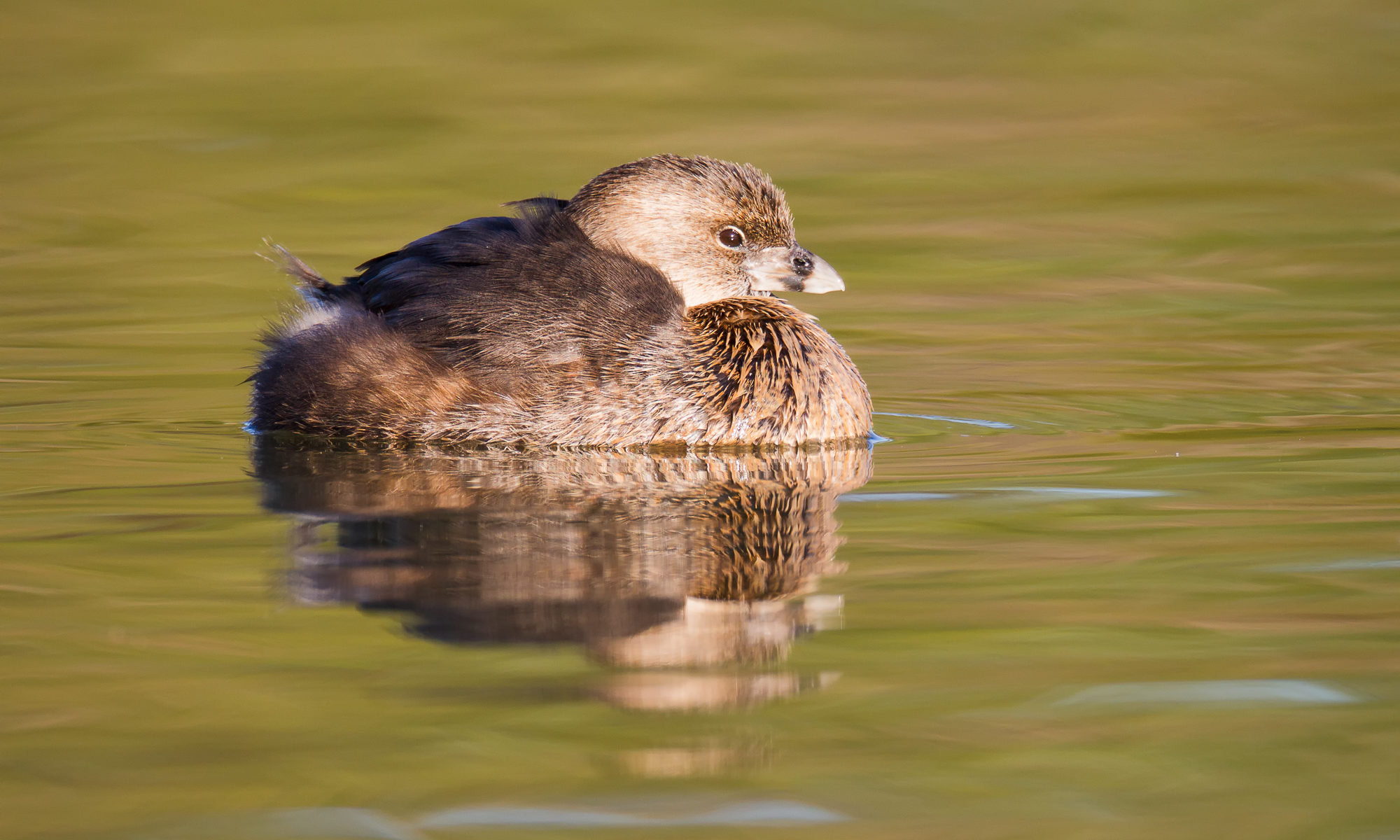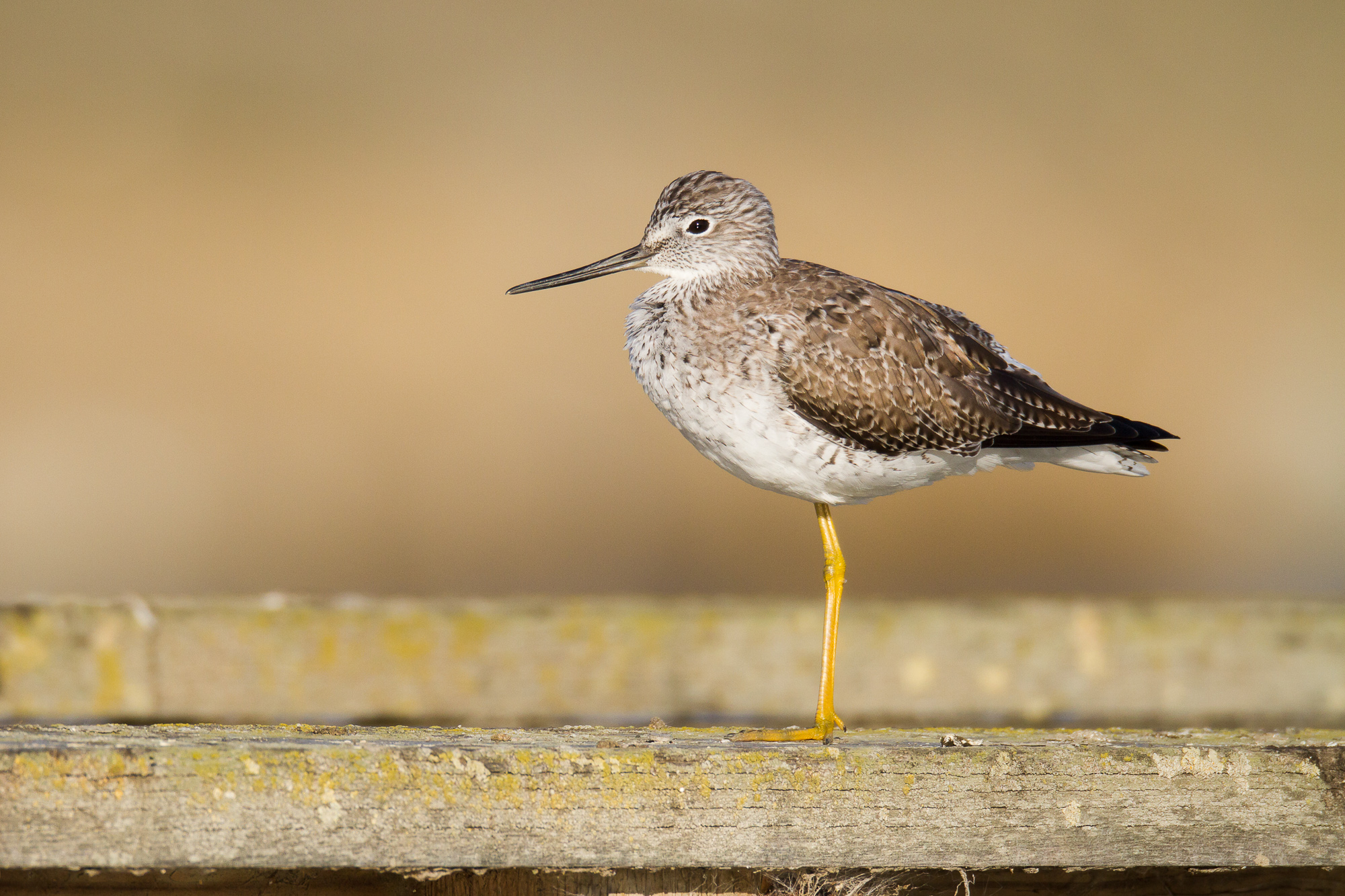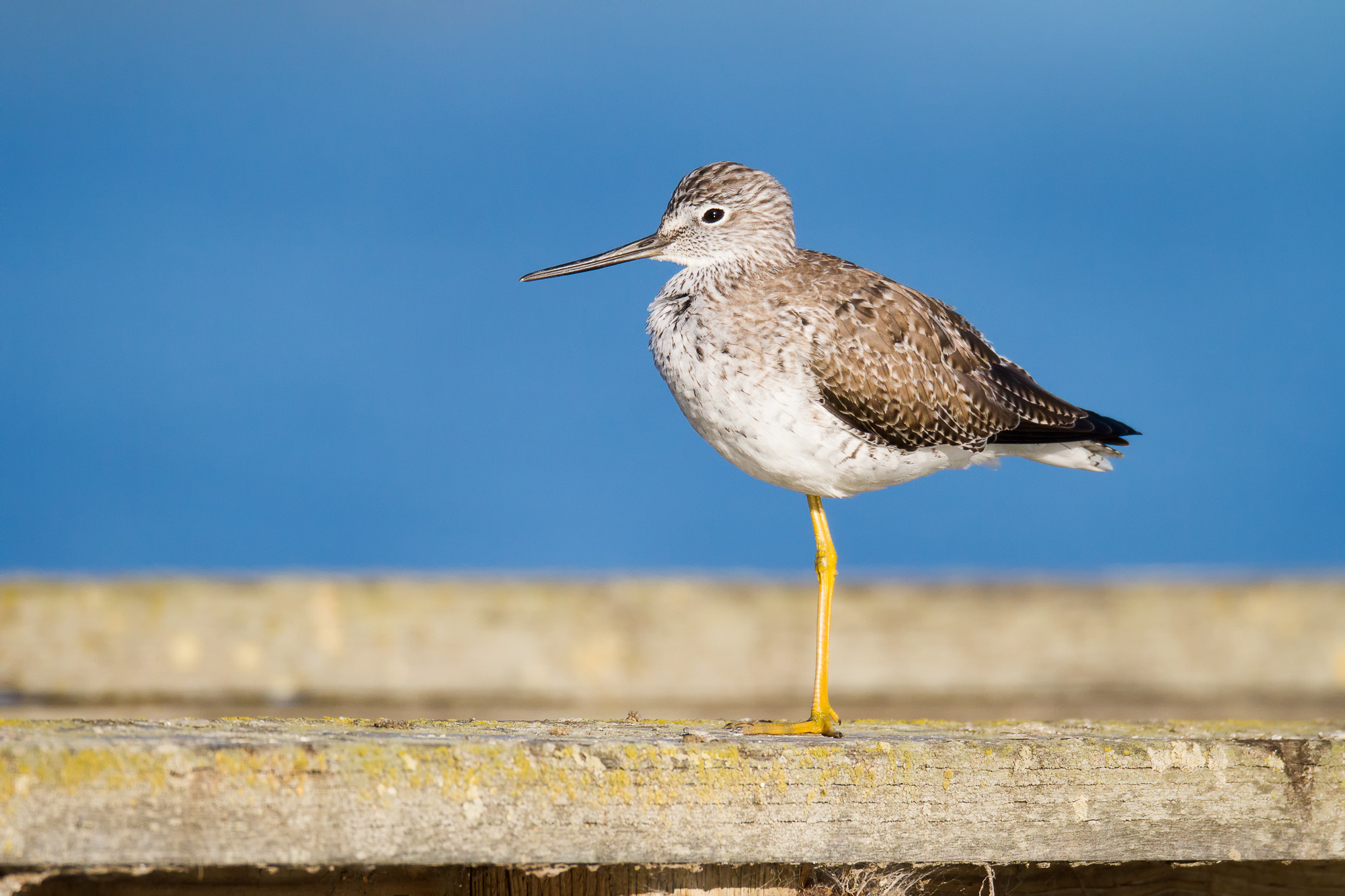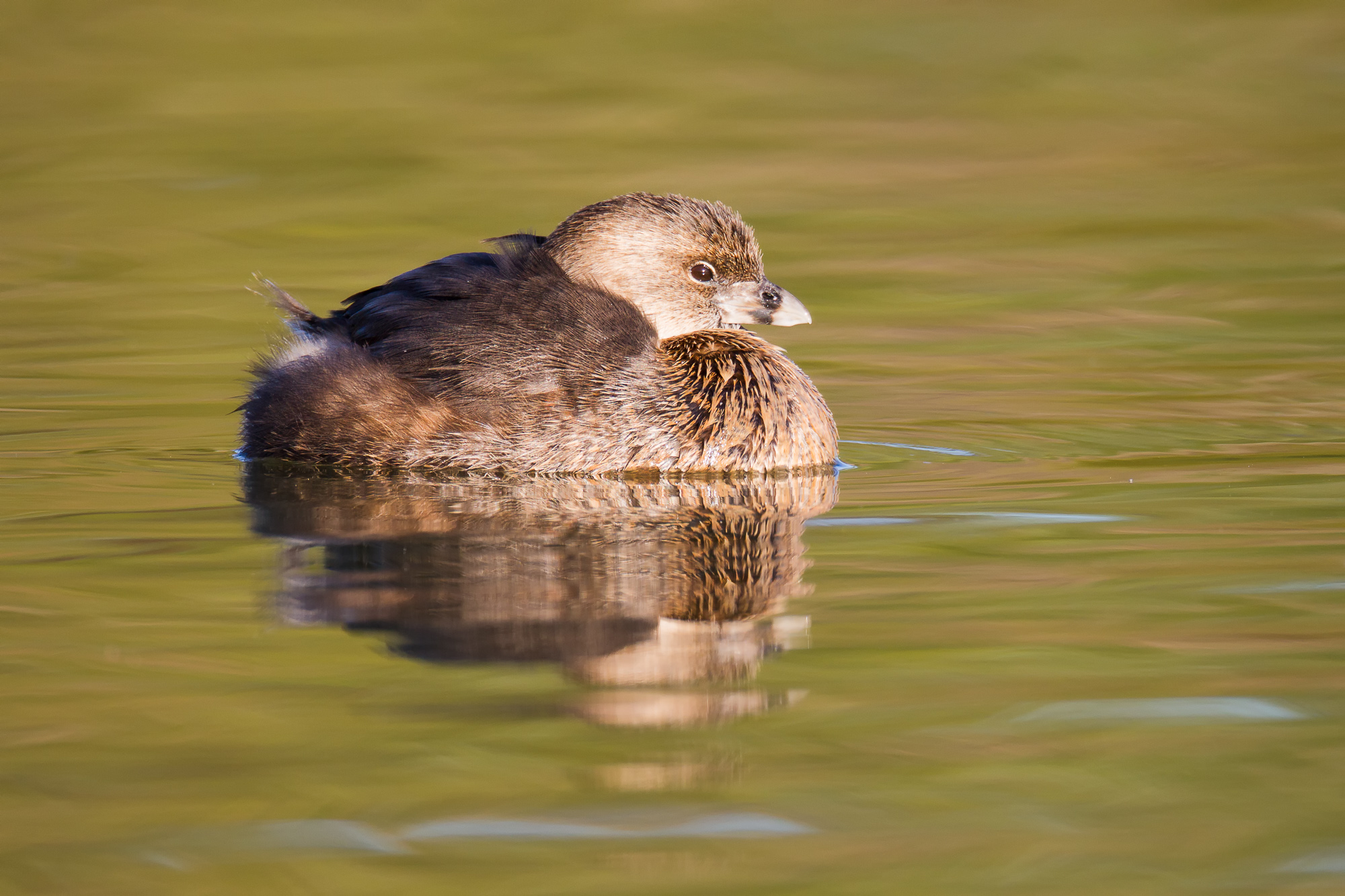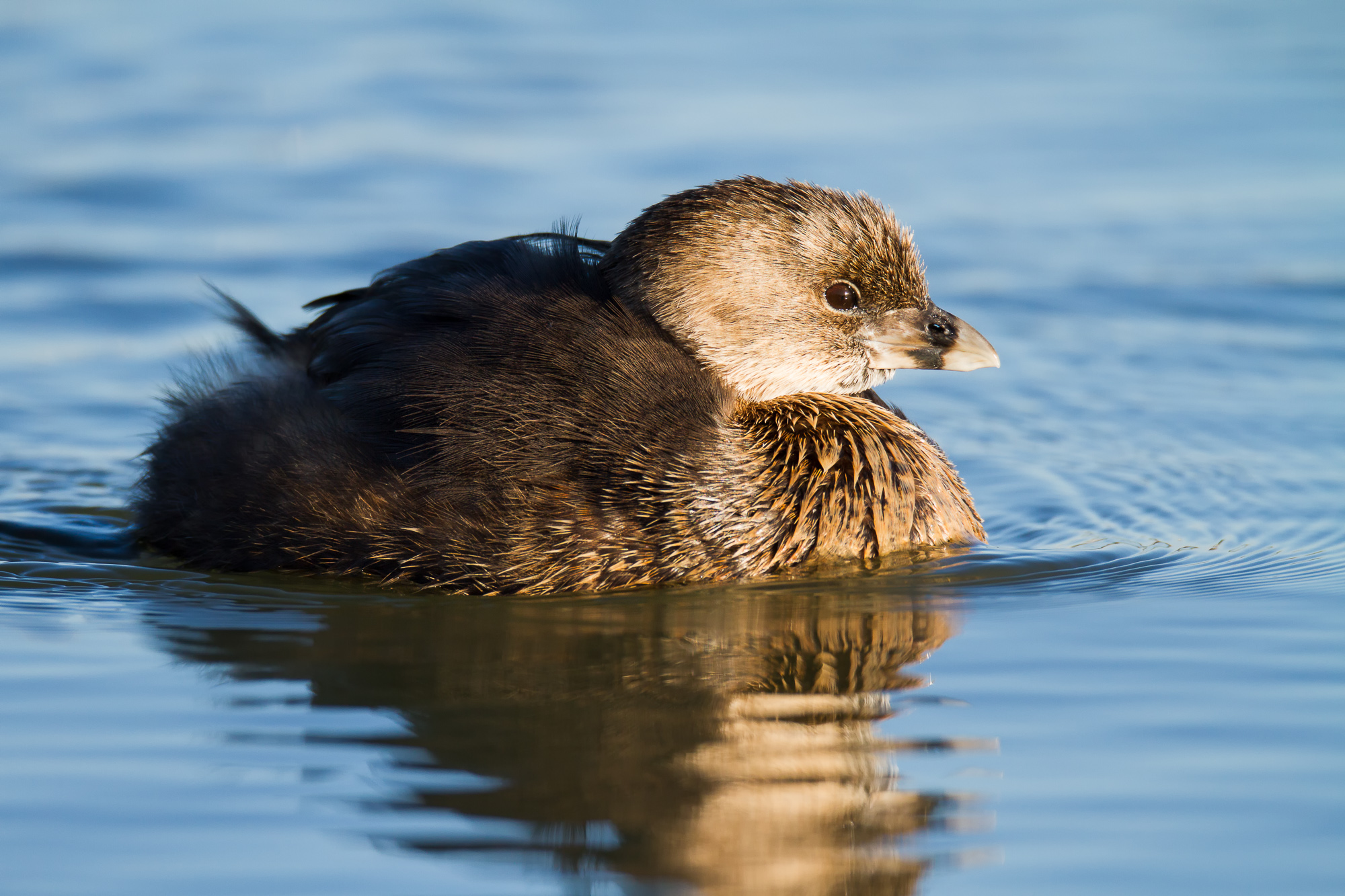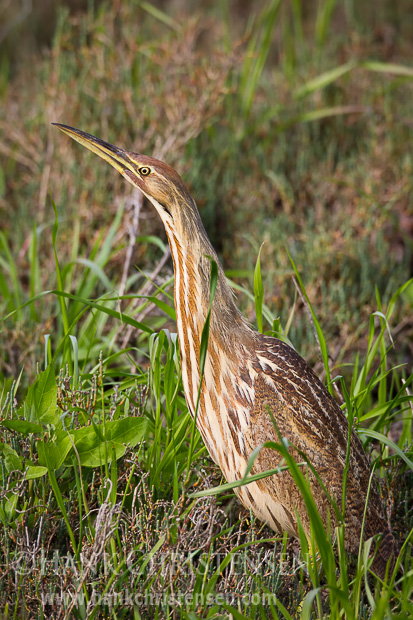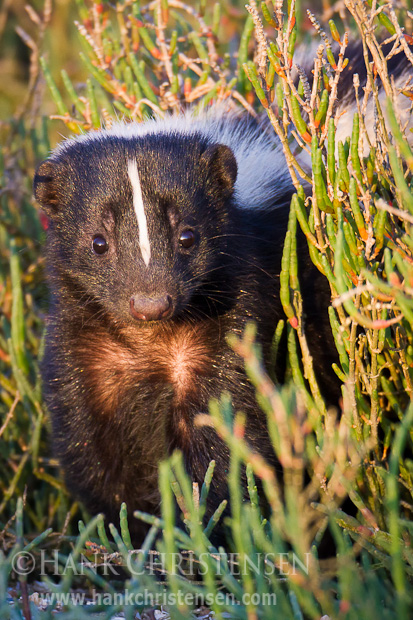Don’t get me wrong – I love my big lens. My primary lens for bird photography is the Canon 800mm, which serves as a real workhorse. However, there are times while using that lens that I get frustrated. One of the lens’ limiting factors is its minimum focus distance. I can’t bring any subject closer than 16 feet into focus, which means that very small things (for example, hummingbirds) still appear fairly small in frame. What to do about this limitation? Enter the extension tube!
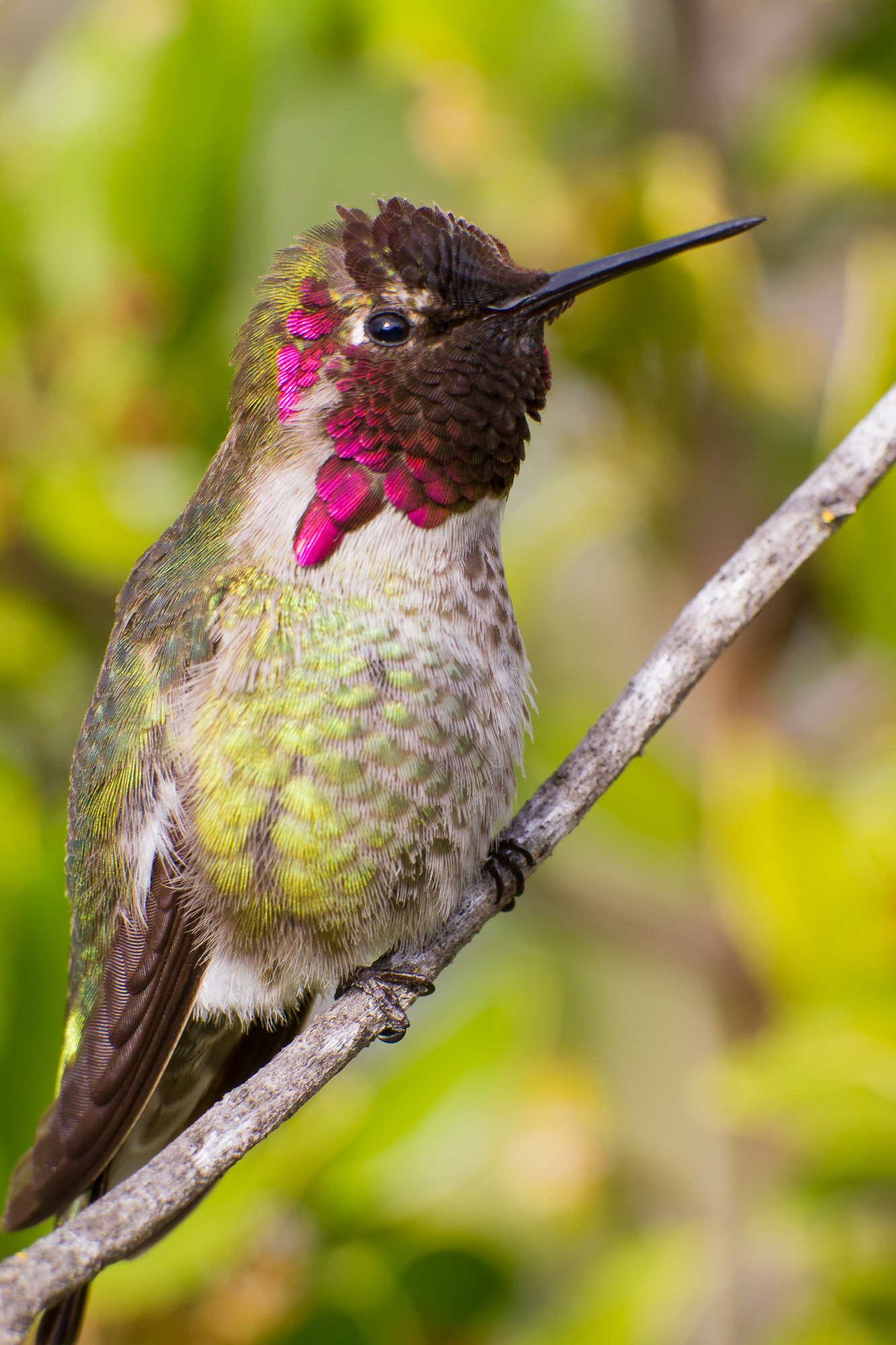
Recently I took an out of town colleague to some of my favorite local bird sites. We found an area rife with anna’s hummingbirds, zipping this way and that, and generally causing a ruckus as they battled each other over territory. I took some shots, but couldn’t get close enough to these little creatures to fill the frame. I resolved to come back the following day, this time armed with my full array of extension tubes.
Luckily the hummingbirds were still there, sparring and resting, and this time in beautiful light. I wanted to get as close as possible, so I stacked three tubes together and placed them in between my camera body and lens. This allowed me to get as close as about 10-12 feet away from the birds, finally filling my frame. Creeping closer yet, I wanted to push my extension tubes to their limit, and was able to get the image below.
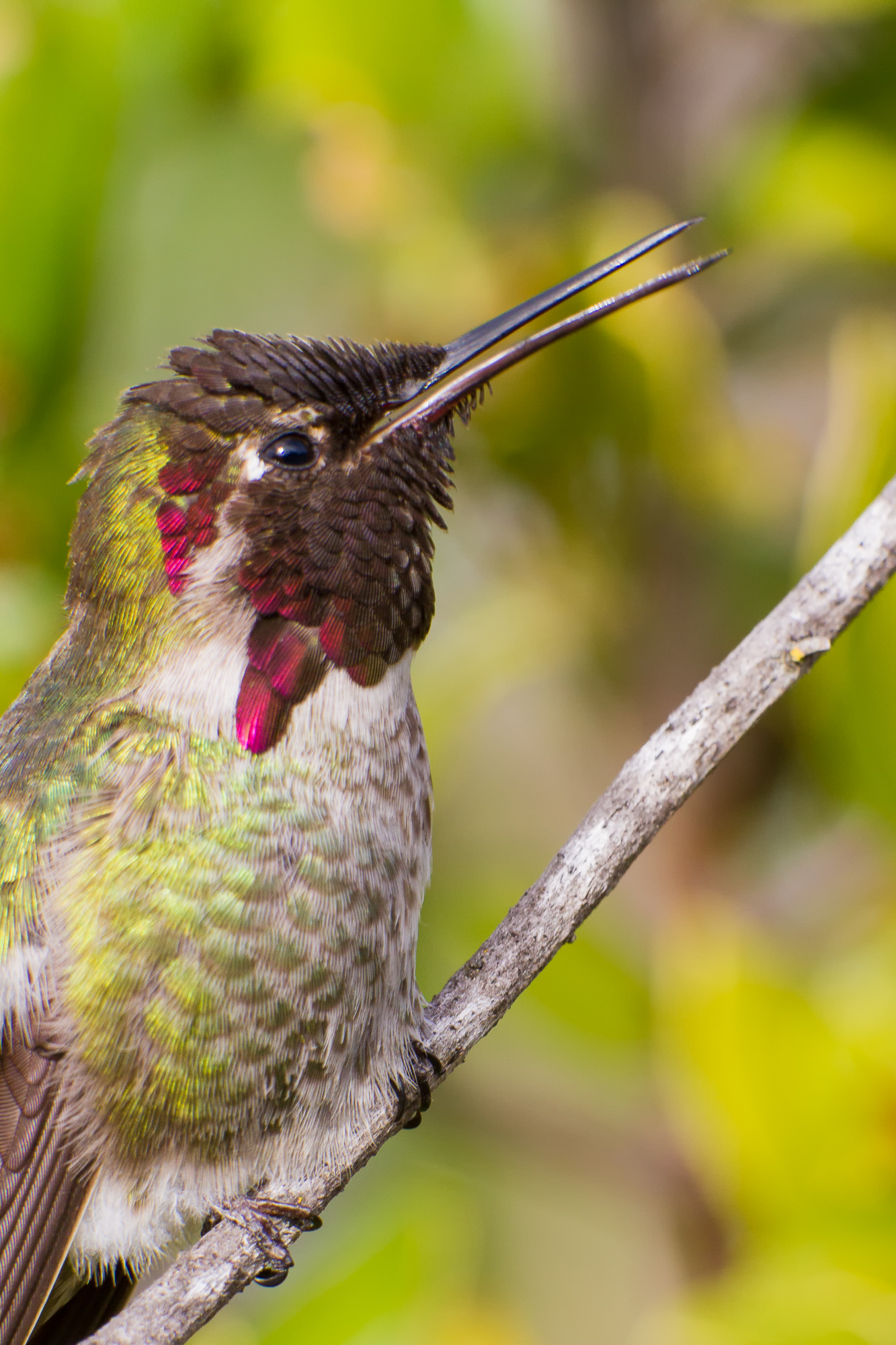
Extension tubes have no optics in them, and can even be in the form of cardboard – no electronics required! My tubes happen to have small contacts that still allow me to use my lens’ autofocus system, albeit much slower than normal.
The principal of an extension tube is to move the rear focusing element of the lens further away from the focal point, which in today’s world means the camera’s digital sensor. The effect is that the lens’ minimum focus distance is reduced, allowing the entire rig to move closer to the subject while keeping it in focus. The downside is that with extension tubes attached, the lens will no longer be able to focus to infinity.
In comparison to most photography gear, extension tubes are relatively cheap. I have a set of Kenko tubes that stack together. If you ever want to dabble in macro photography, I recommend first getting a (cheap) set to tubes before spending bigger bucks on dedicated macro lens. Yes, the macro lens will give you better quality, but a set of extension tubes will allow you to bring your entire collection of lenses into the macro world.

